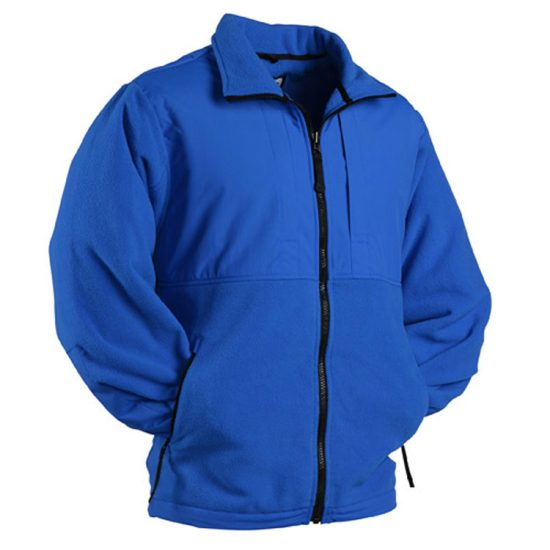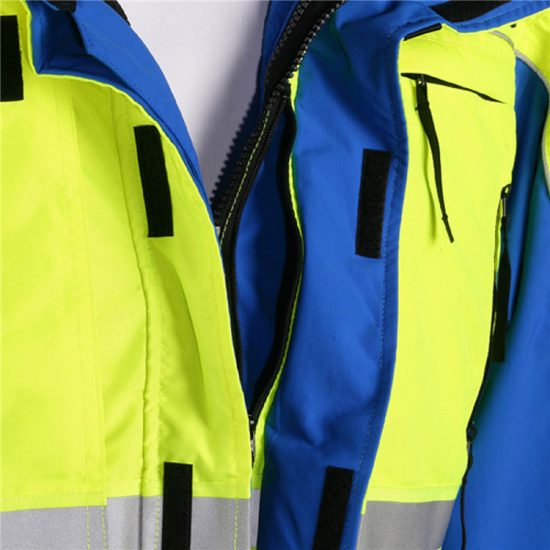Protective clothing, also known as personal protective equipment (PPE), is essential for ensuring safety in various work environments and situations. Here are some important tips on how to stay safe with protective clothing:
- Understand the Hazards: Before wearing protective clothing, it’s crucial to have a clear understanding of the specific hazards you are facing in your environment. Different situations may require different types of protective gear, such as chemical-resistant suits for handling hazardous materials or flame-resistant clothing for firefighting.
- Choose the Right Clothing: Select protective clothing that is appropriate for the hazards you will encounter. Ensure that it complies with relevant safety standards and regulations. This may include items like safety helmets, gloves, coveralls, aprons, face shields, or full-body suits.
- Proper Fit: Ensure that the protective clothing fits well and provides adequate coverage. Ill-fitting clothing may not offer the intended protection and can be uncomfortable to wear. Follow sizing guidelines and get the right size for each worker.
- Inspect Regularly: Before each use, inspect your protective clothing for any signs of damage, wear, or defects. This includes checking for holes, tears, loose straps, or deteriorated materials. If you find any issues, replace or repair the clothing as needed.
- Wear All Required Gear: Depending on the nature of the work and the specific hazards involved, you may need to wear multiple pieces of protective clothing simultaneously. For example, when working with chemicals, you might need gloves, a lab coat, and safety goggles. Follow all safety guidelines and wear all necessary PPE.
- Proper Donning and Doffing: Learn the correct procedures for putting on (donning) and taking off (doffing) your protective clothing. Improper donning and doffing can lead to contamination or injury. Follow step-by-step instructions and consider using checklists to ensure the correct sequence.
- Regular Cleaning and Maintenance: Keep your protective clothing clean and well-maintained. Follow manufacturer recommendations for cleaning and care. Chemical-resistant clothing, for example, may require specific cleaning procedures to maintain their effectiveness.
- Storage and Handling: Store protective clothing in a clean, dry, and well-ventilated area. Avoid exposing it to direct sunlight or extreme temperatures. Hang or store clothing on suitable hooks or hangers to prevent damage.
- Training and Education: Provide thorough training to workers on the proper use and care of protective clothing. Workers should understand why PPE is necessary, how to use it correctly, and the consequences of not wearing it.
- Emergency Response: In case of emergencies or accidents, know the proper procedures for using protective clothing to mitigate further harm. This might include the use of emergency showers, eye wash stations, or other safety equipment.
- Report Issues: Encourage workers to report any problems or discomfort related to their protective clothing promptly. Addressing concerns can lead to improvements in safety and worker comfort.
- Replace When Necessary: Protective clothing has a finite lifespan. Replace it when it becomes damaged, worn, or reaches its expiration date. Don’t try to extend the life of PPE beyond its recommended usage.
Staying safe with protective clothing requires a combination of proper selection, maintenance, and usage. By understanding the hazards, choosing the right gear, and following safety guidelines, individuals can effectively protect themselves from workplace dangers and ensure their well-being.


